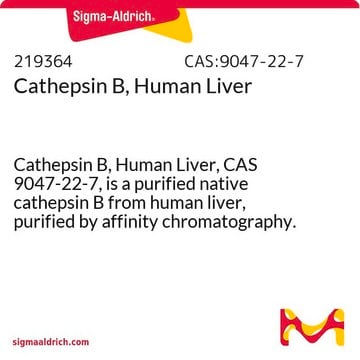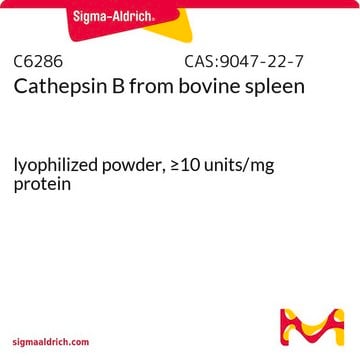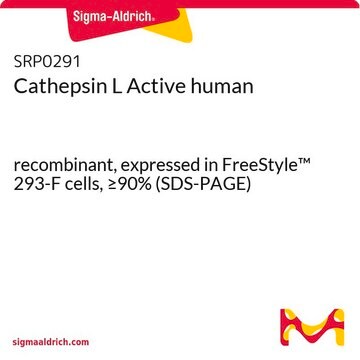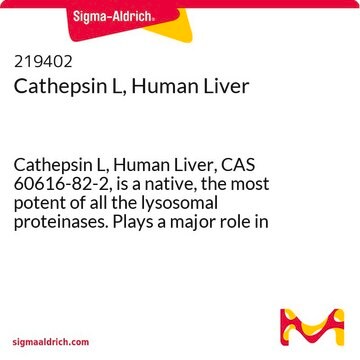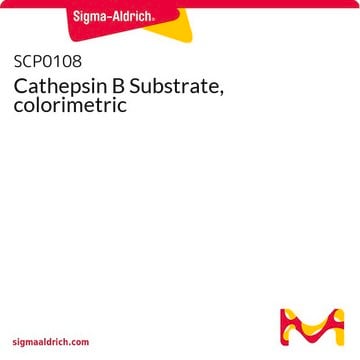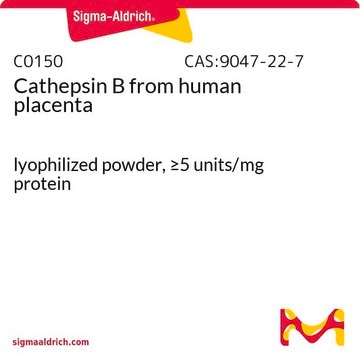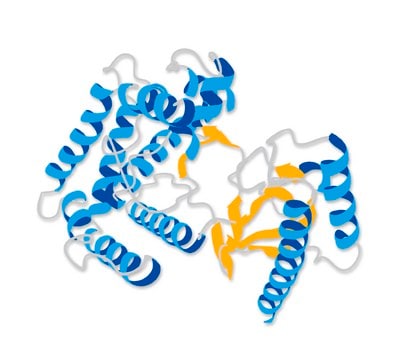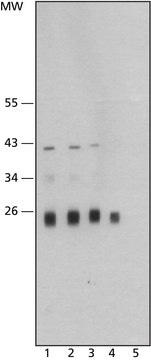This product is supplied as a solution. The minimum activity for each lot will be ≥0.5 units/mg protein. The specific activity of each lot is reported on the Certificate of Analysis. See the link below to review a sample Certificate:
https://www.sigmaaldrich.com/certificates/sapfs/PROD/sap/certificate_pdfs/COFA/Q14/C6854-25UGSLCR2105.pdf
The product is supplied in 20 mM malonate buffer, pH 5.5, with 1 mM EDTA and 400 mM NaCl. One unit is defined as the amount of Cathepsin L that hydrolyzes 1 uM Z-PHE-Arg-AFC per minute at 22 - 25 °C, in 400 mM Sodium Acetate, pH 5.5, containing 4 mM EDTA and 8 mM DTT.
Please access the product datasheet at the link below:
https://www.sigmaaldrich.com/deepweb/assets/sigmaaldrich/product/documents/130/380/c6854dat.pdf

